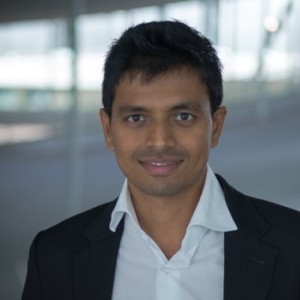- Video Library
- Srinivasan Murali Presents SmartCardia at LSI Europe '23
Srinivasan Murali Presents SmartCardia at LSI Europe '23

Srinivasan Murali
Entrepreneur with experience in business planning, management, strategy, research and innovation in system design for medical devices and software. Hands on experience in team building, product conception, innovation and launch. Ability to be creative and a team player. Experience in building medical devices, sensor systems, multi-core solutions and automation algorithms. Authored a book, authored/co-authored several book chapters and over forty publications in leading conferences and journals.
Srinivasan Murali
Entrepreneur with experience in business planning, management, strategy, research and innovation in system design for medical devices and software. Hands on experience in team building, product conception, innovation and launch. Ability to be creative and a team player. Experience in building medical devices, sensor systems, multi-core solutions and automation algorithms. Authored a book, authored/co-authored several book chapters and over forty publications in leading conferences and journals.

17011 Beach Blvd, Suite 500 Huntington Beach, CA 92647
714-847-3540© 2025 Life Science Intelligence, Inc., All Rights Reserved. | Privacy Policy







